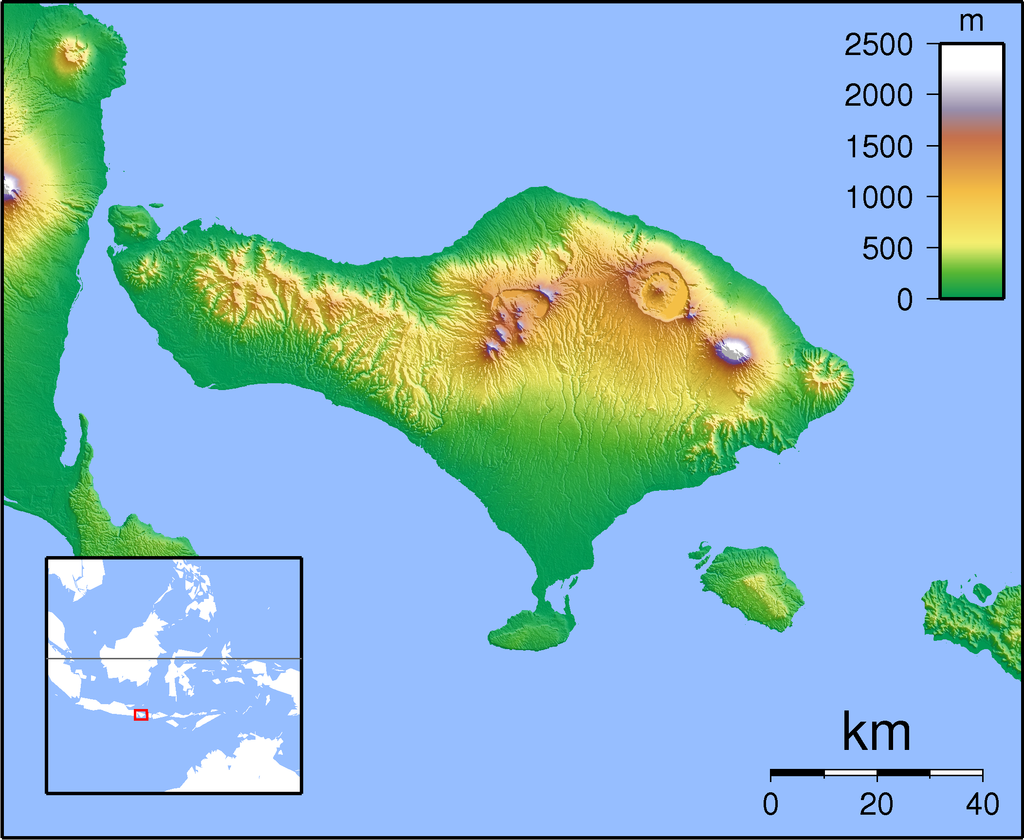segunda-feira, março 17, 2025
Uma erupção do vulcão Agung, na ilha de Bali, matou milhares de pessoas há sessenta e dois anos
Postado por
Fernando Martins
às
06:20
0
bocas
![]()
Marcadores: Bali, Indonésia, Monte Agung, nuvens ardentes, vulcanismo
domingo, março 17, 2024
O vulcão Agung matou milhares de pessoas há sessenta e um anos
Postado por
Fernando Martins
às
06:10
0
bocas
![]()
Marcadores: Bali, Indonésia, Monte Agung, nuvens ardentes, vulcanismo
sexta-feira, março 17, 2023
Nuvens ardentes do Agung mataram milhares de pessoas há sessenta anos
Postado por
Fernando Martins
às
06:00
0
bocas
![]()
Marcadores: Bali, Indonésia, Monte Agung, nuvens ardentes, vulcanismo
quinta-feira, março 17, 2022
As nuvens ardentes do Monte Agung mataram milhares de pessoas há 59 anos
Postado por
Fernando Martins
às
00:59
0
bocas
![]()
Marcadores: Bali, Indonésia, Monte Agung, nuvens ardentes, vulcanismo
quarta-feira, março 17, 2021
Uma forte erupção do Monte Agung matou milhares de pessoas há 58 anos
Postado por
Fernando Martins
às
00:58
0
bocas
![]()
Marcadores: Bali, Indonésia, Monte Agung, nuvens ardentes, vulcanismo
sábado, março 17, 2018
Há 55 aos uma erupção do Monte Agung matou milhares de pessoas
Postado por
Fernando Martins
às
00:55
0
bocas
![]()
Marcadores: Bali, Indonésia, Monte Agung, nuvens ardentes, vulcanismo




